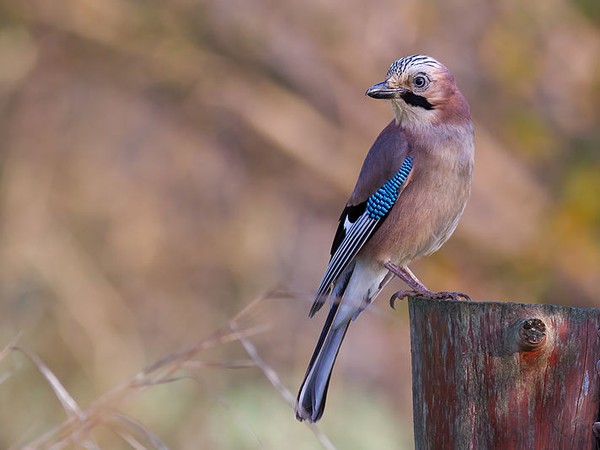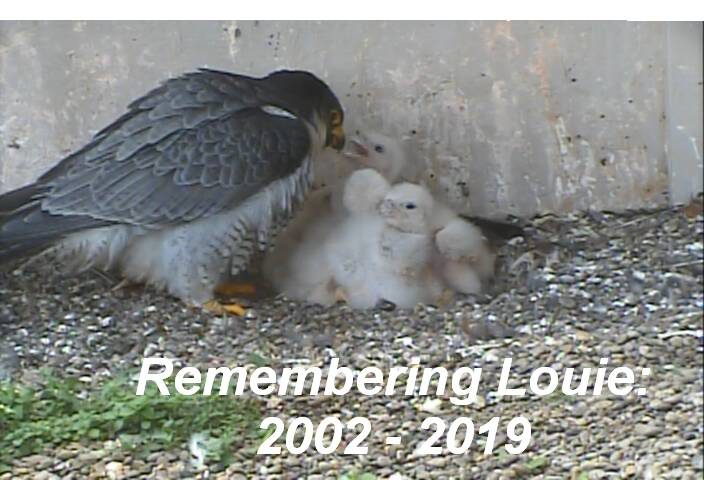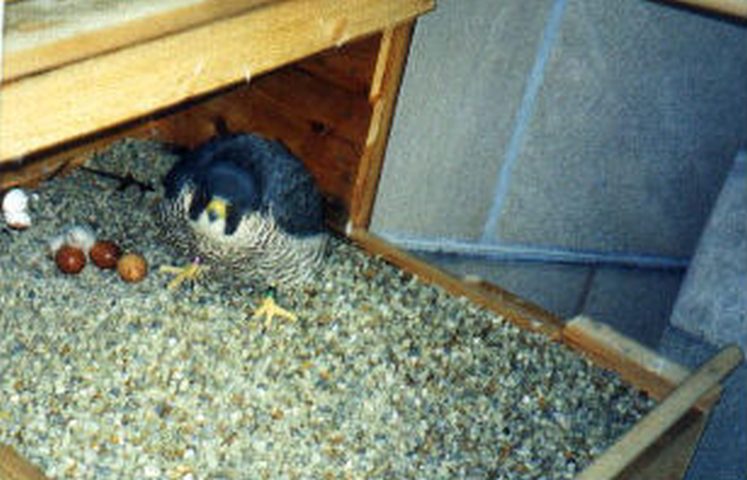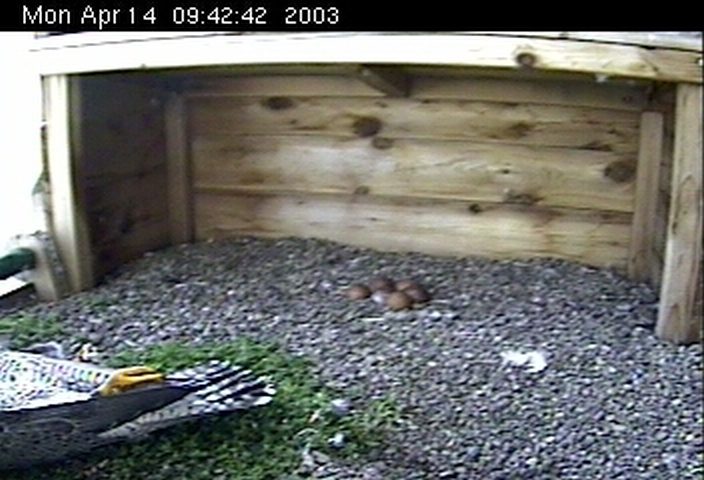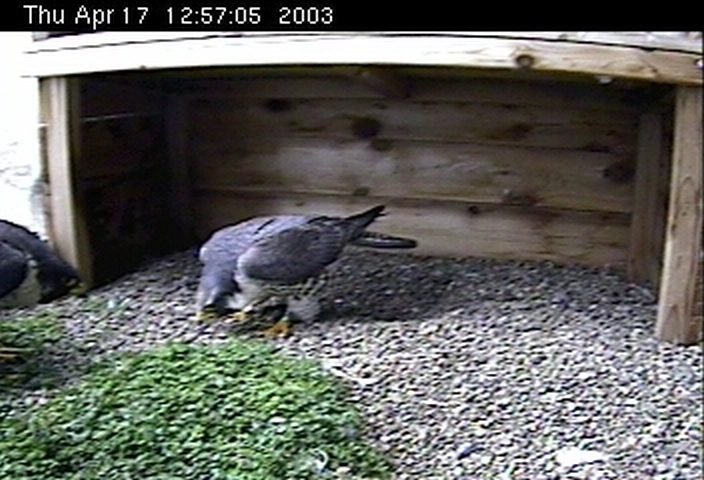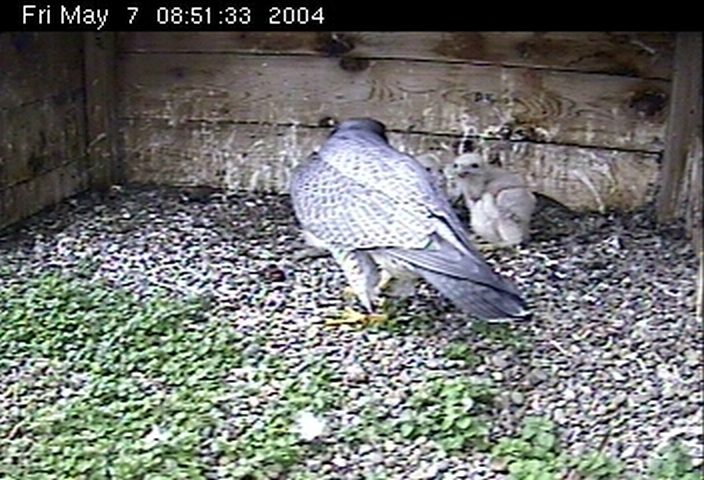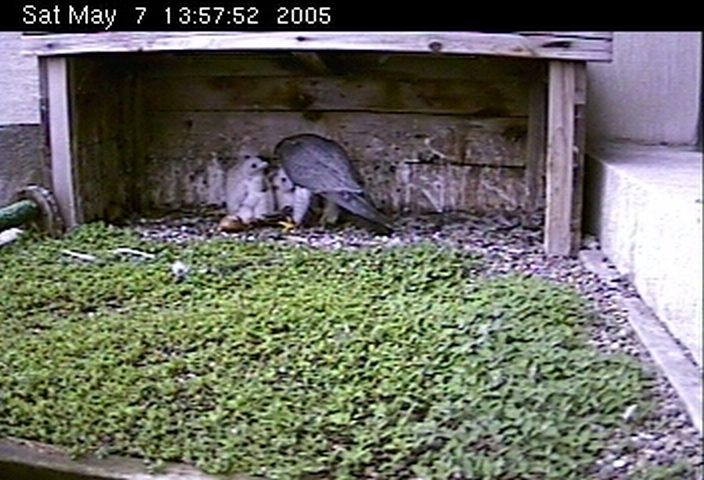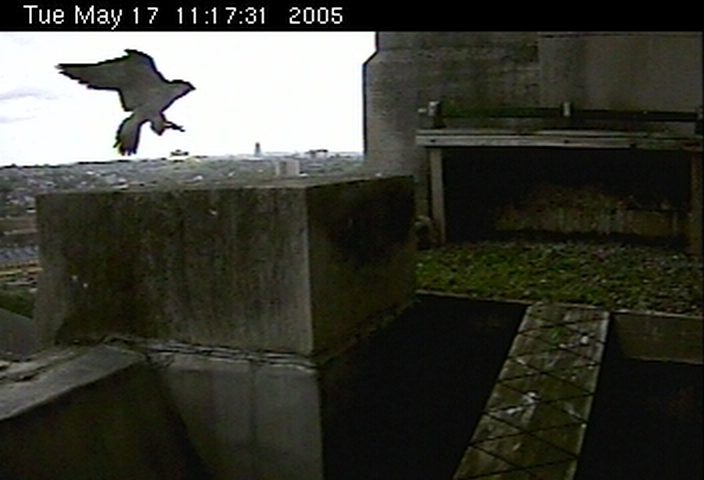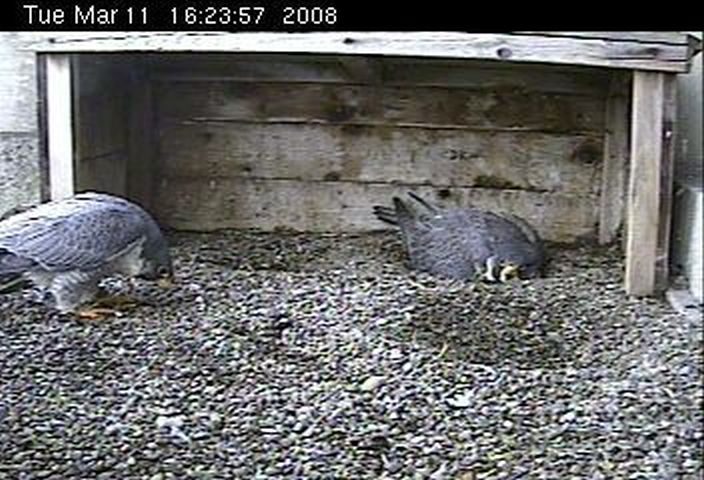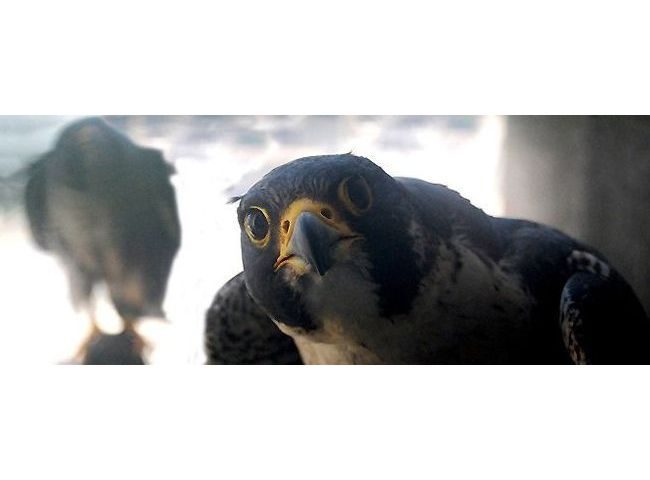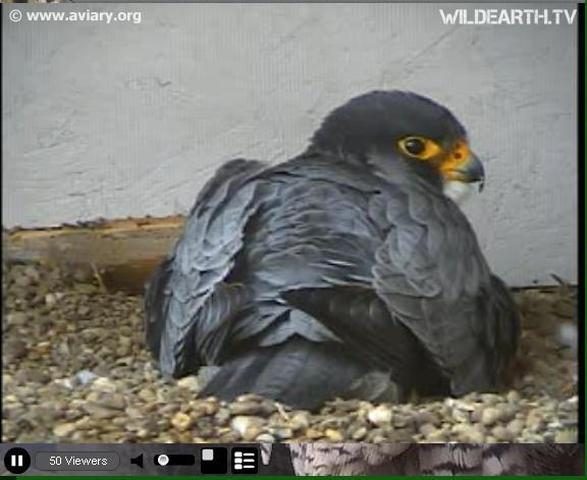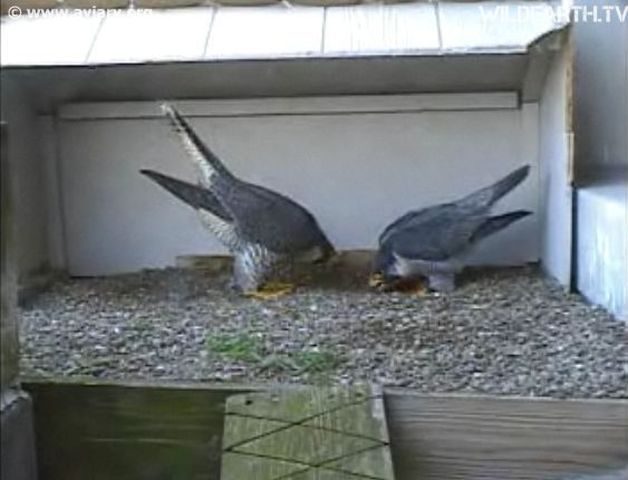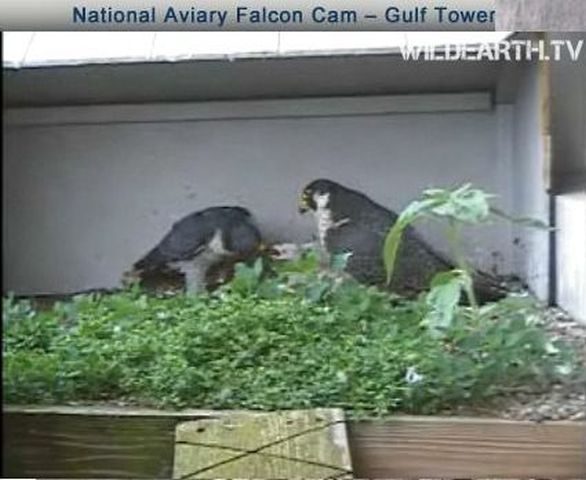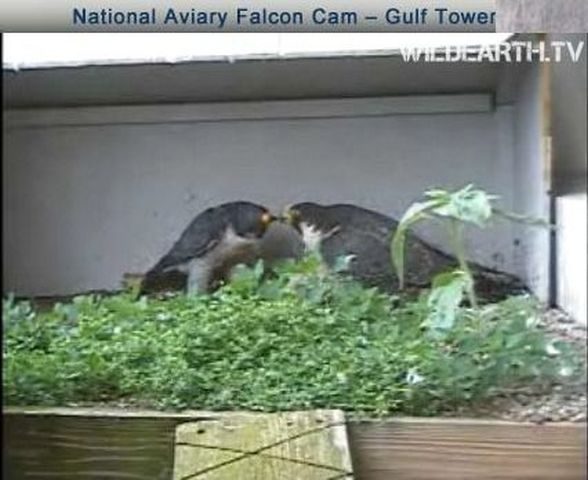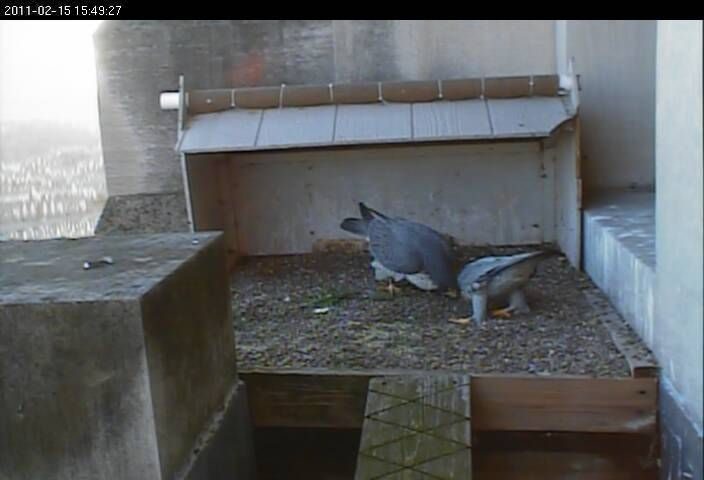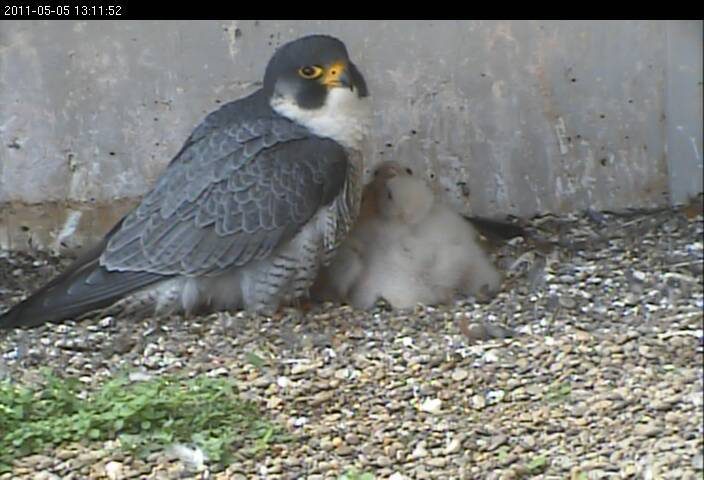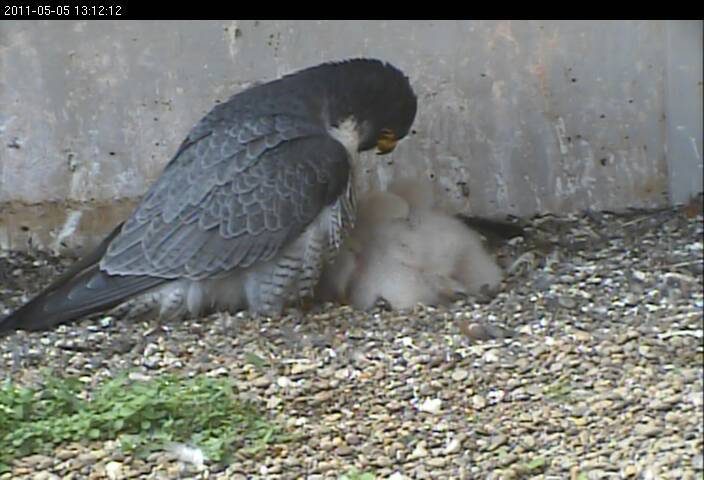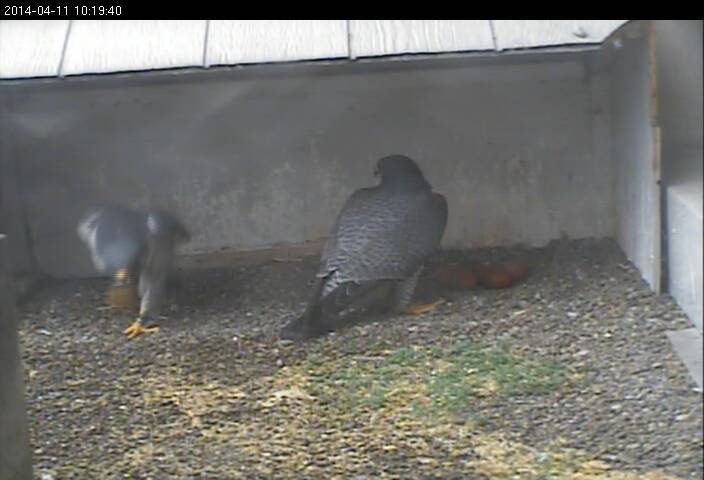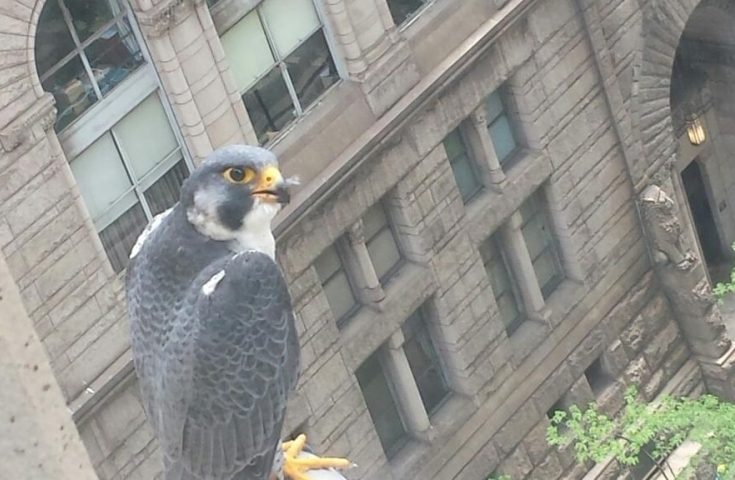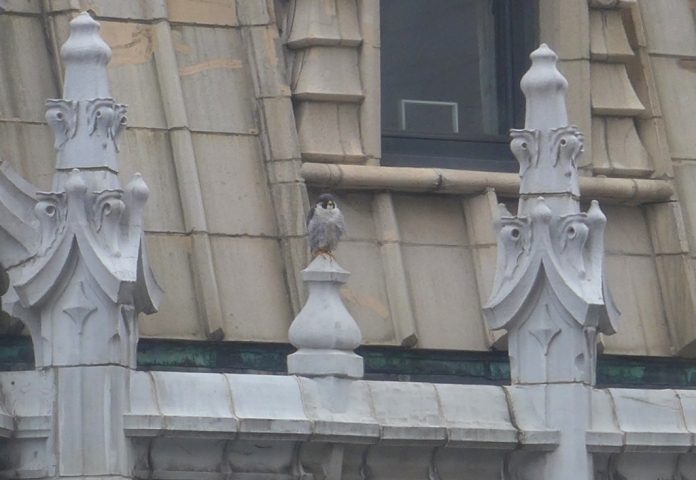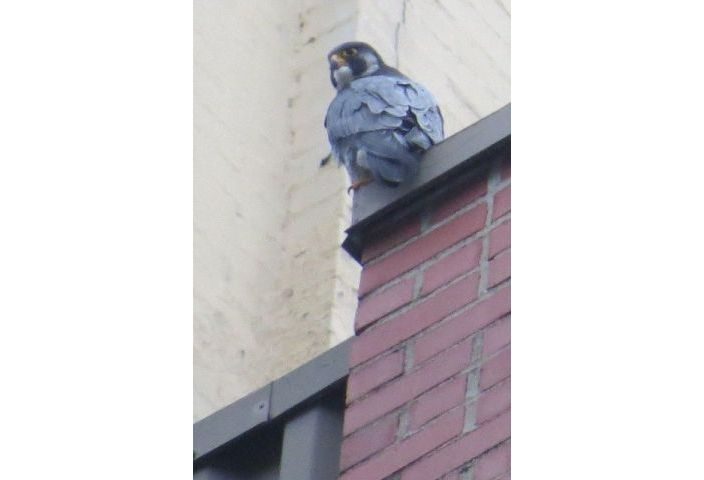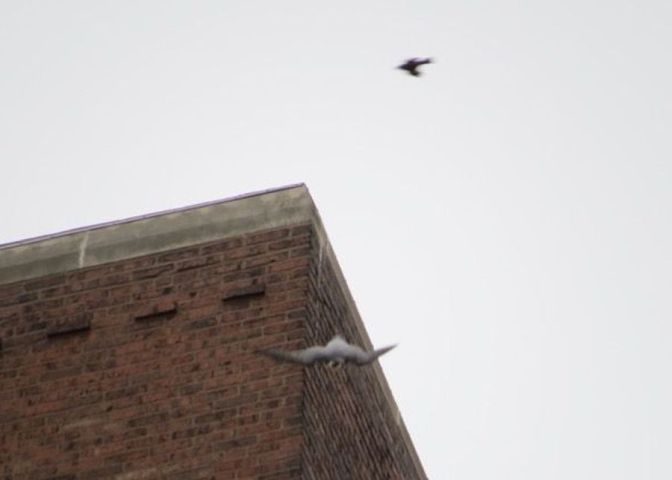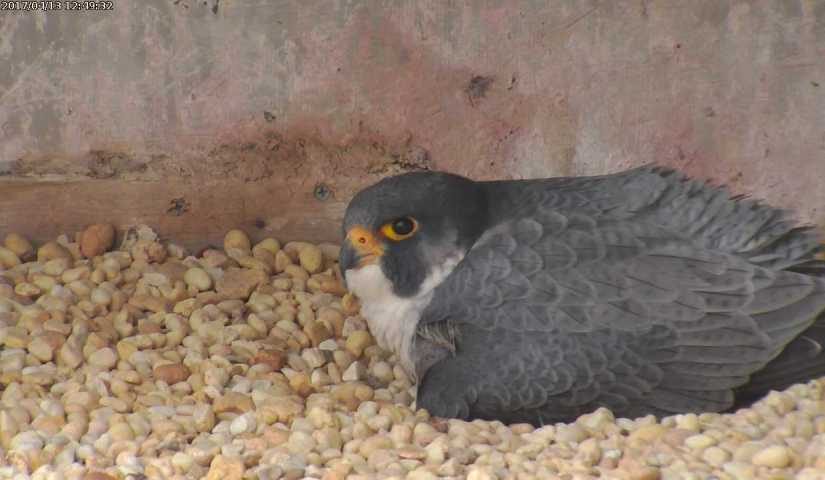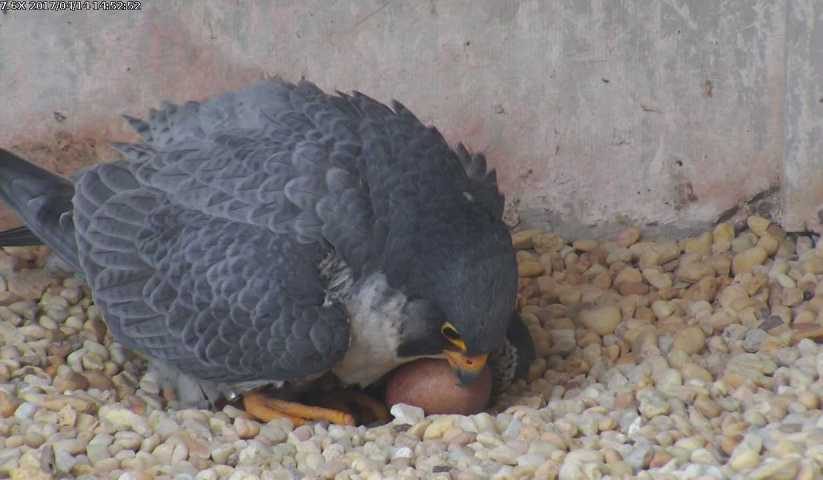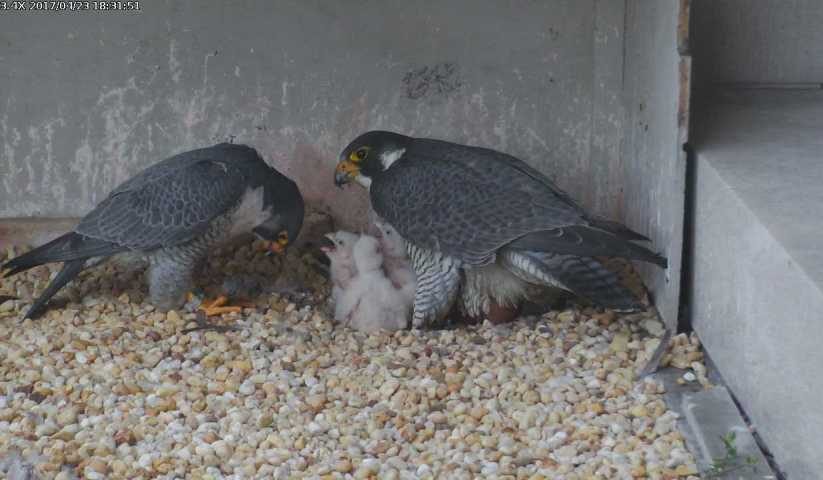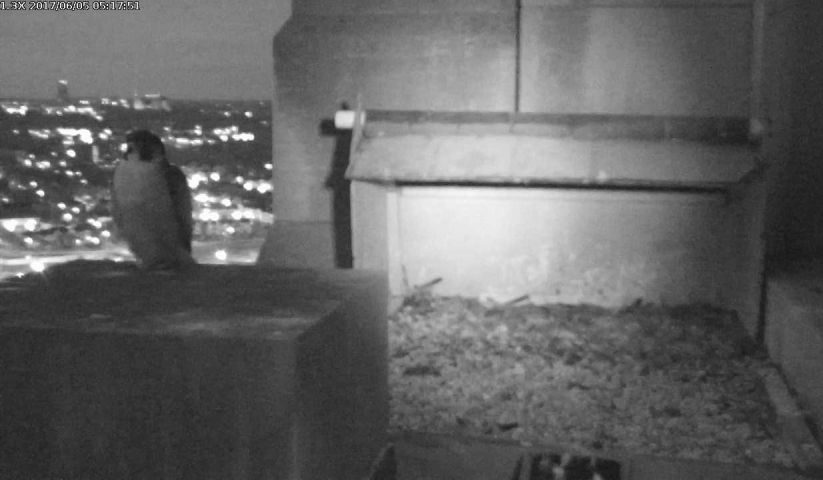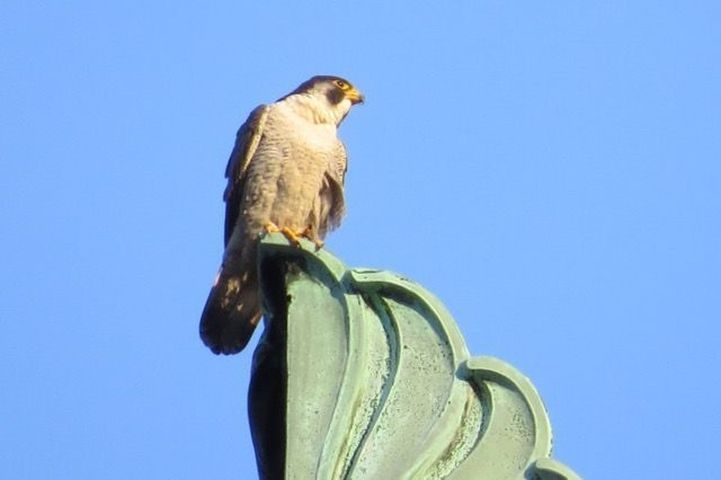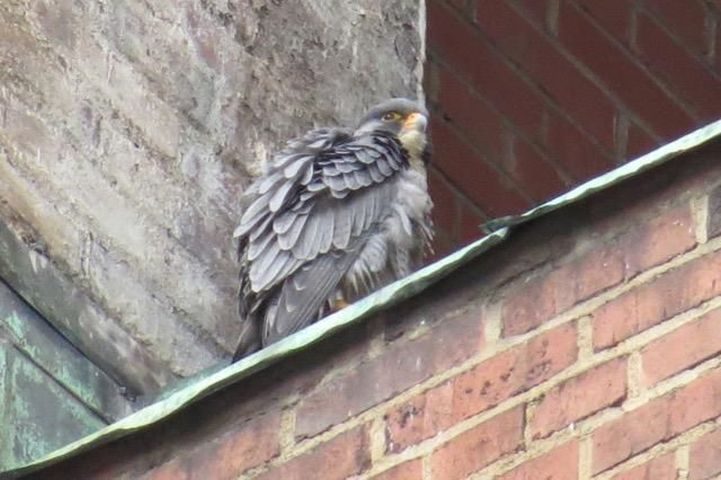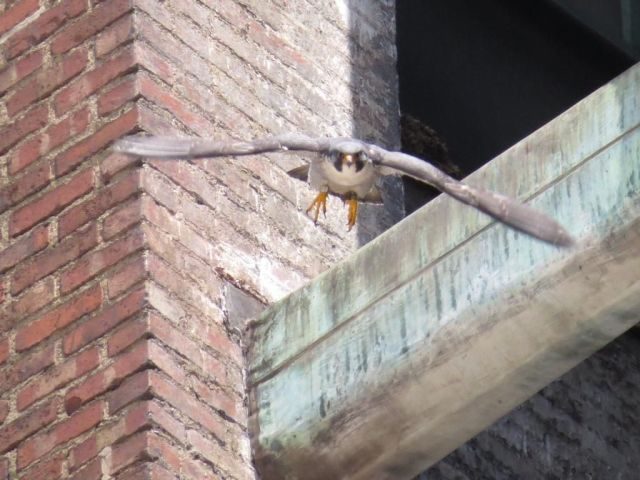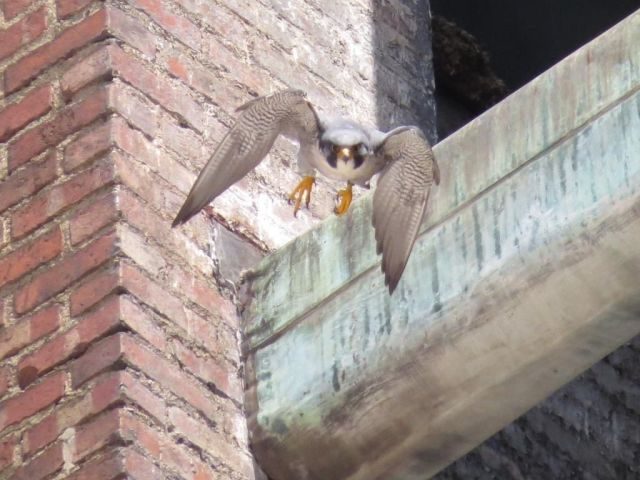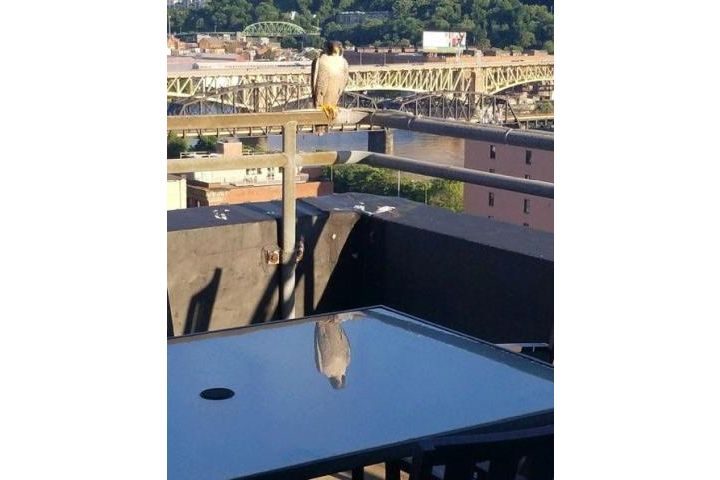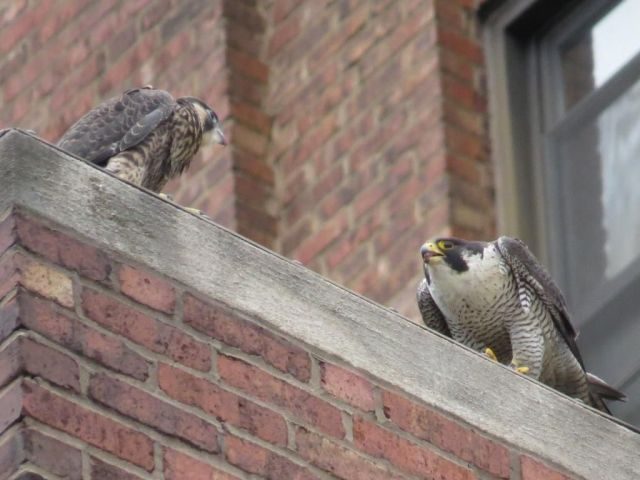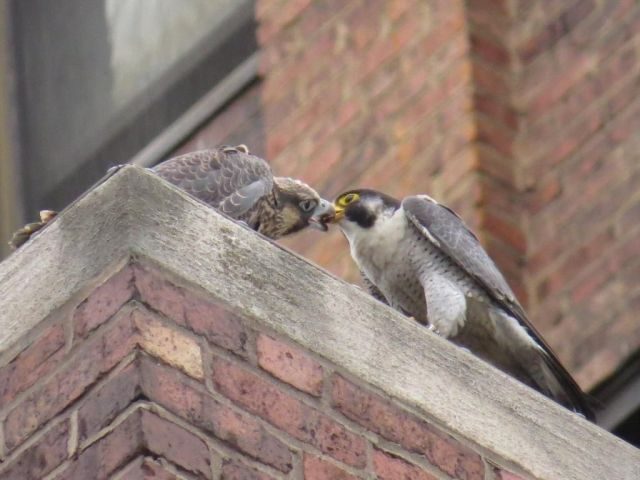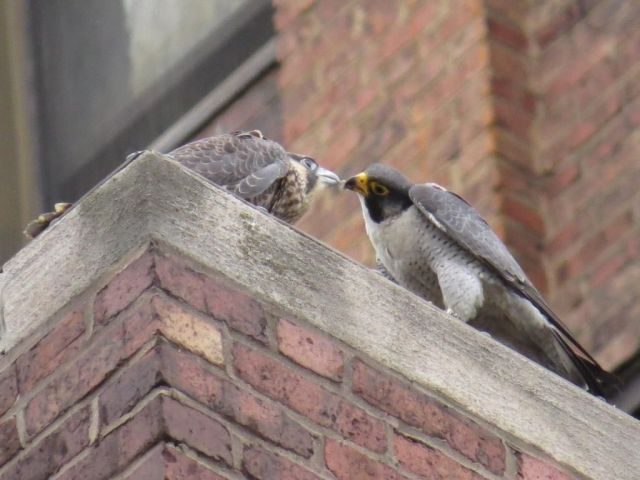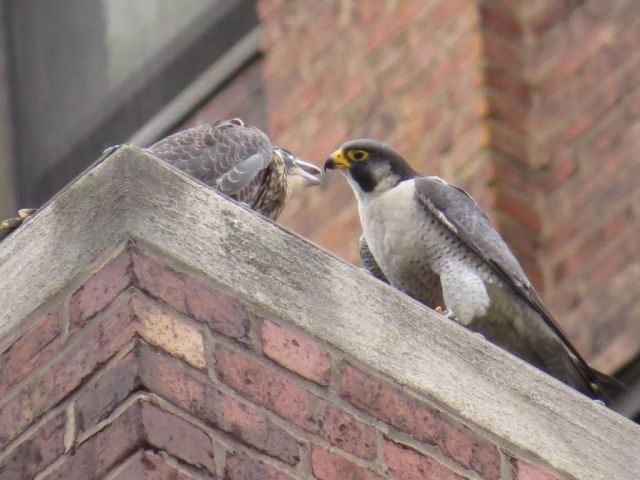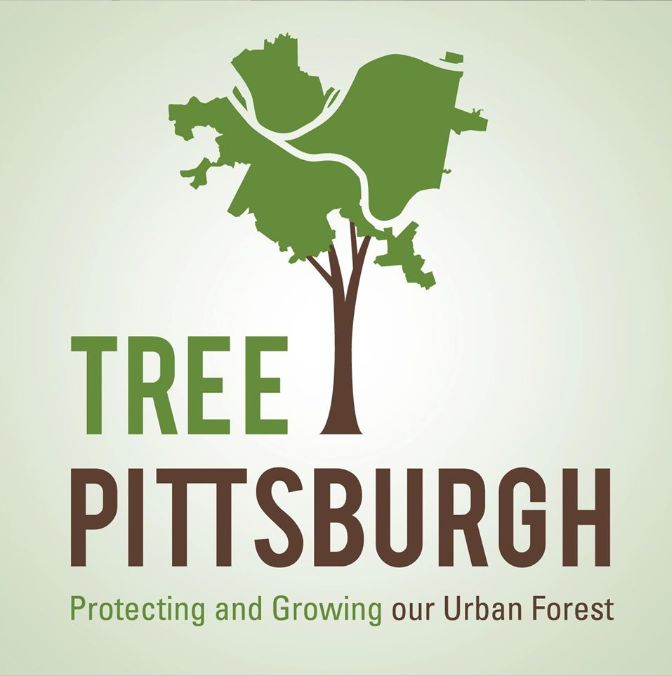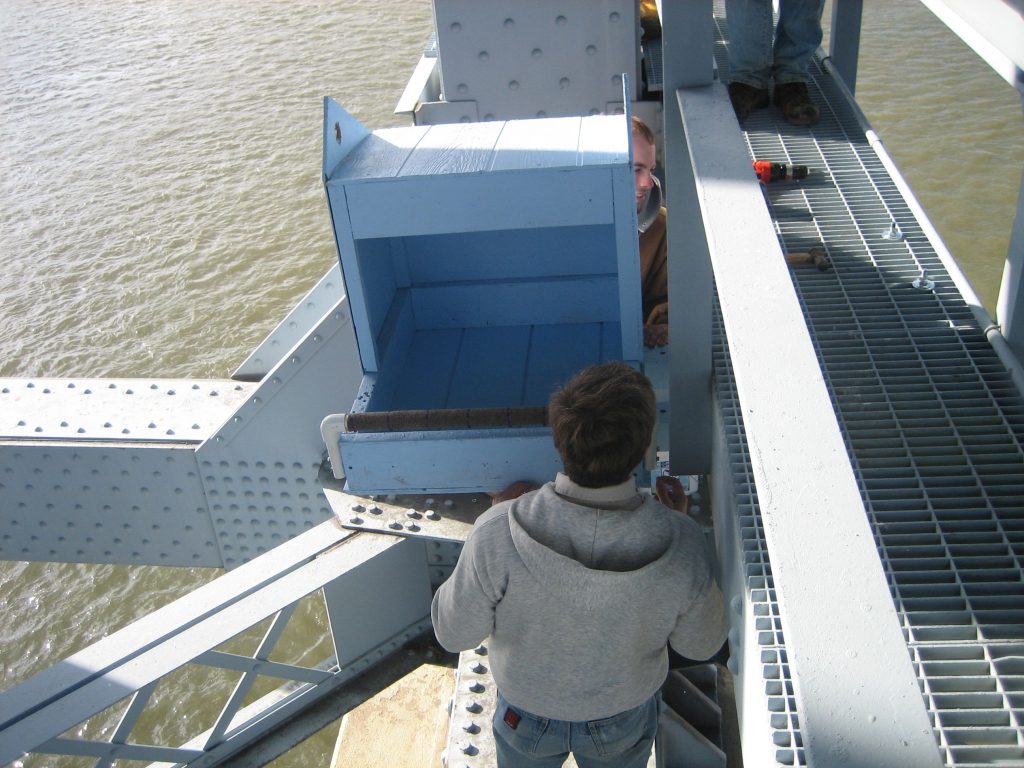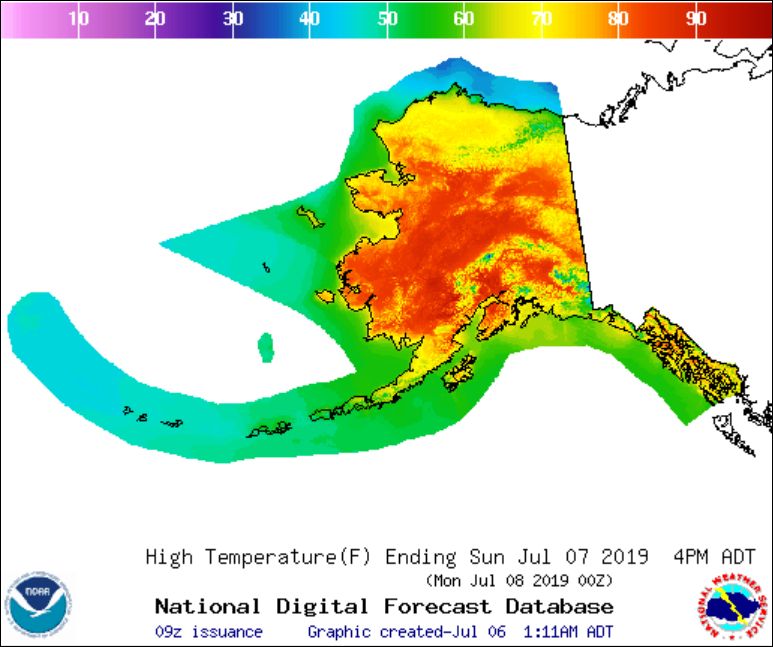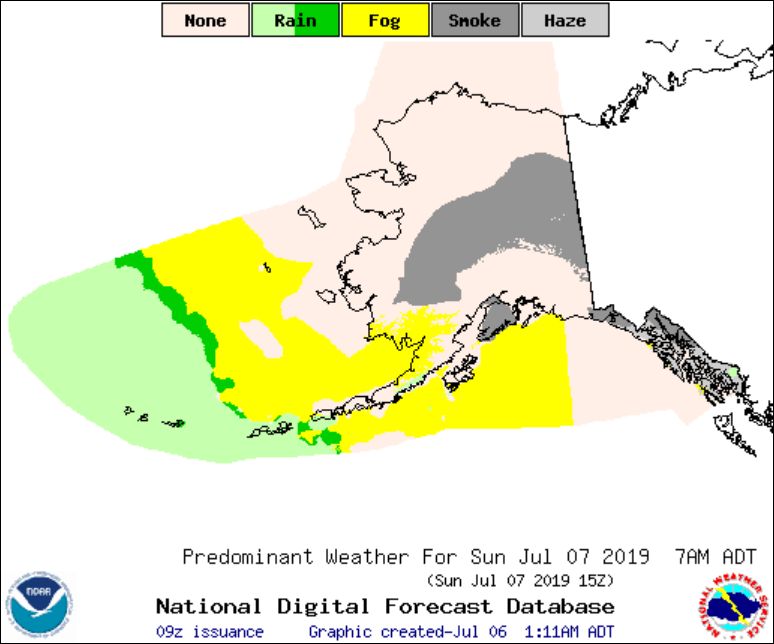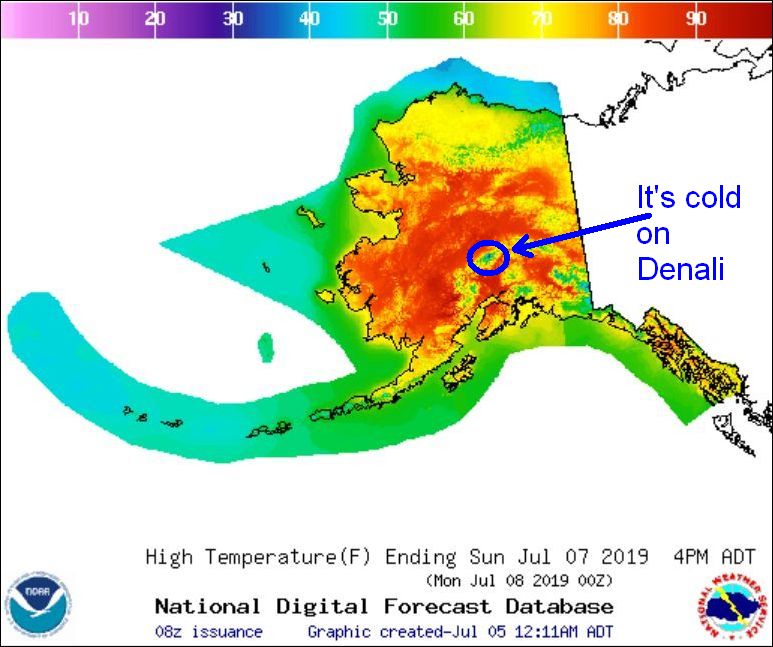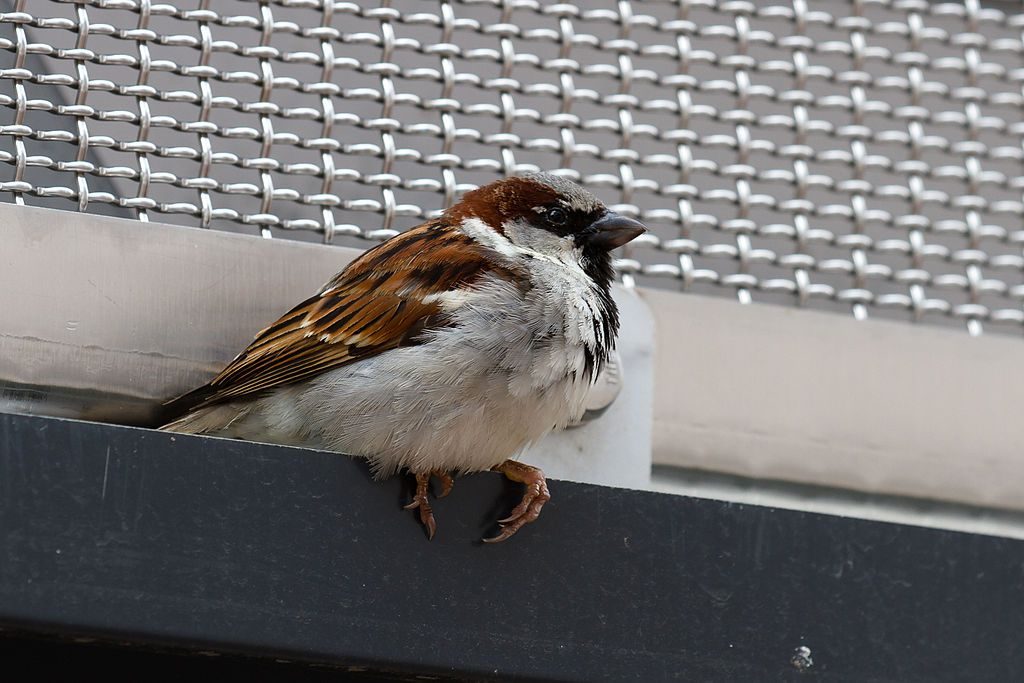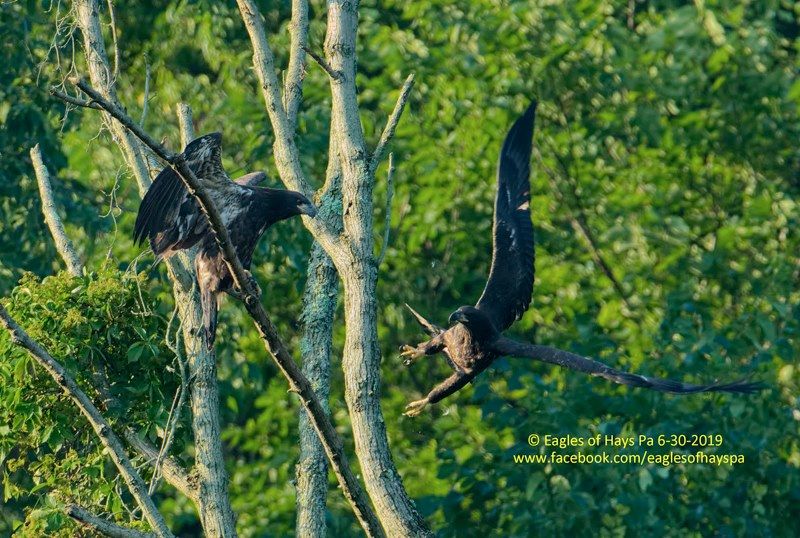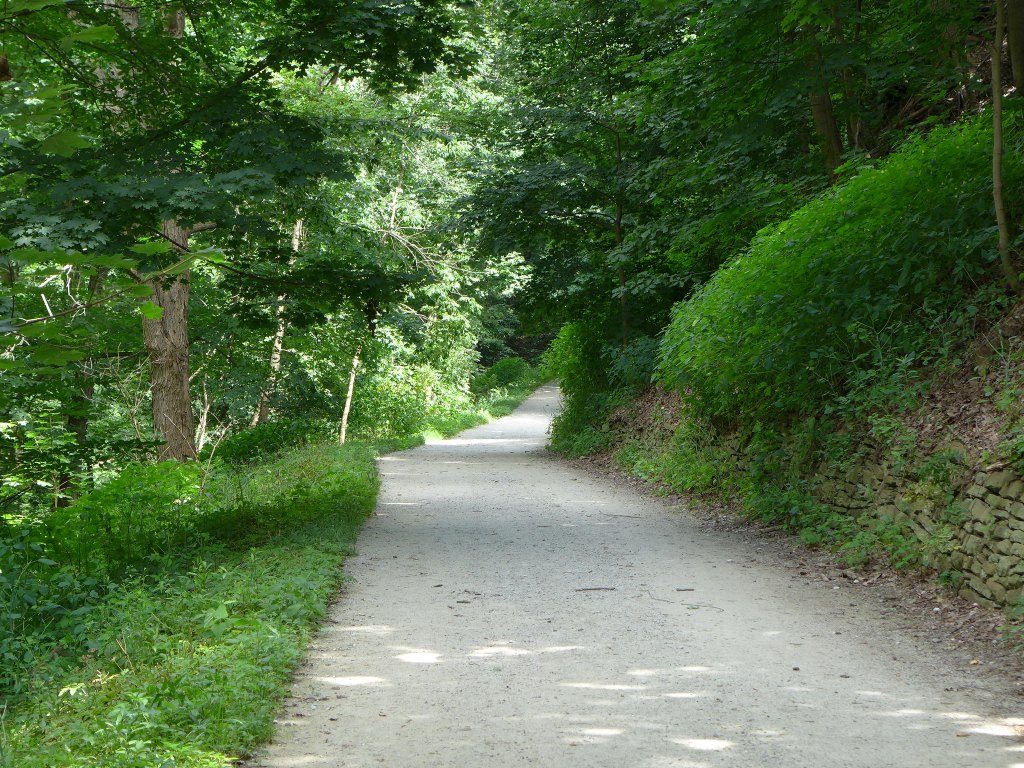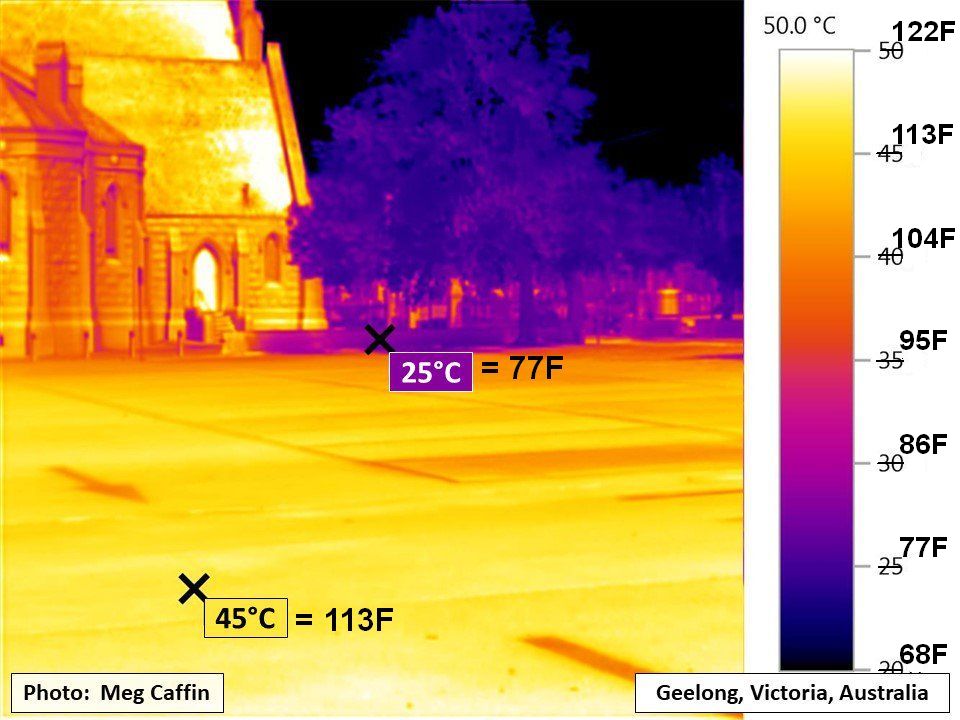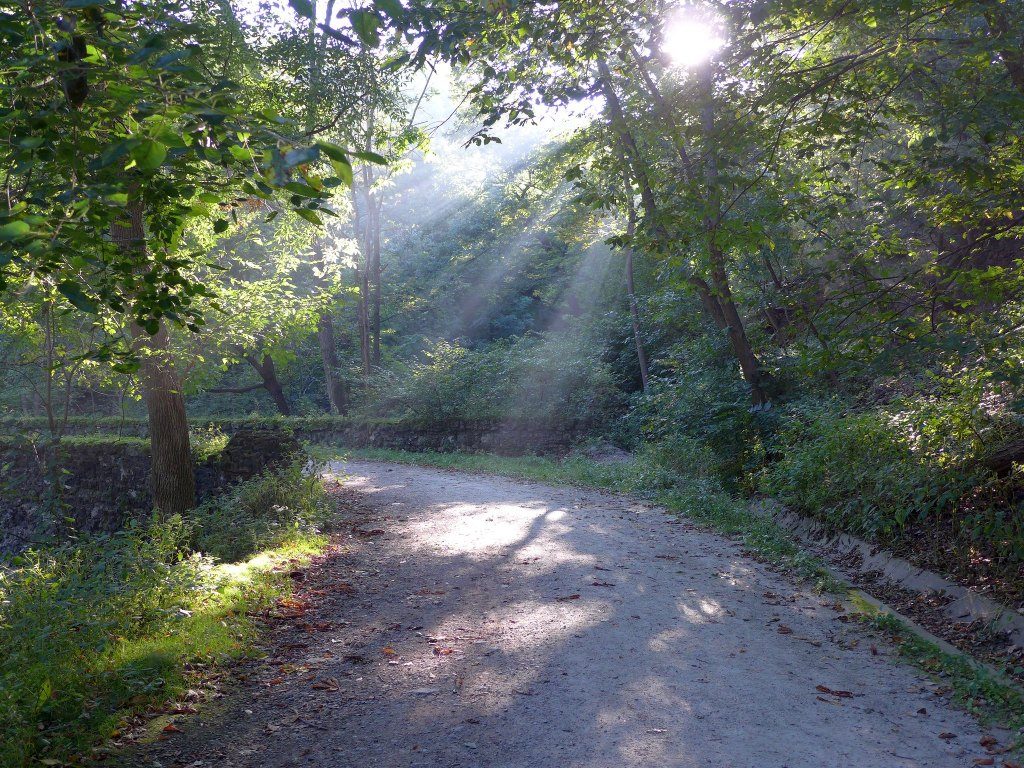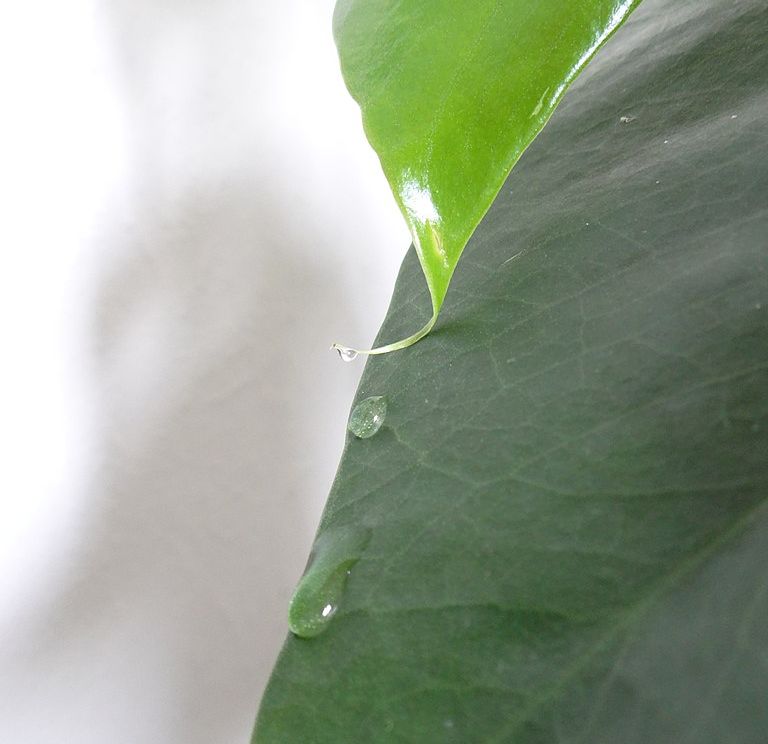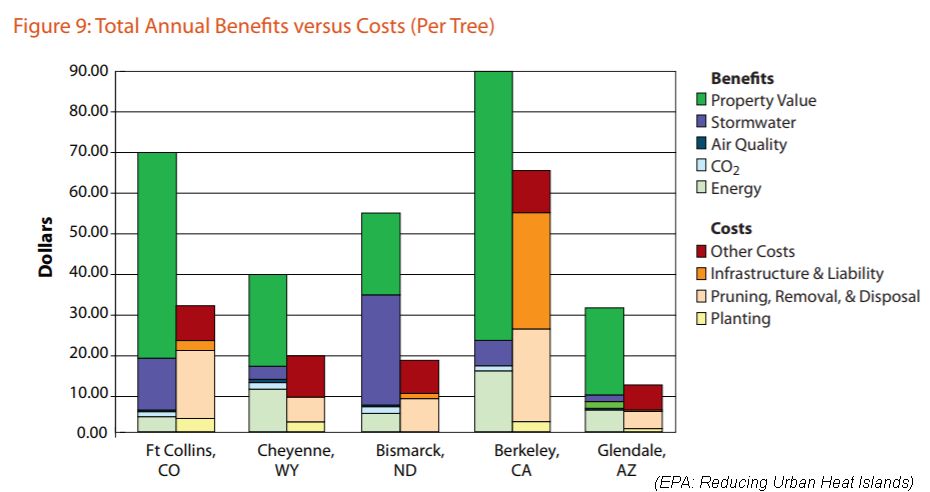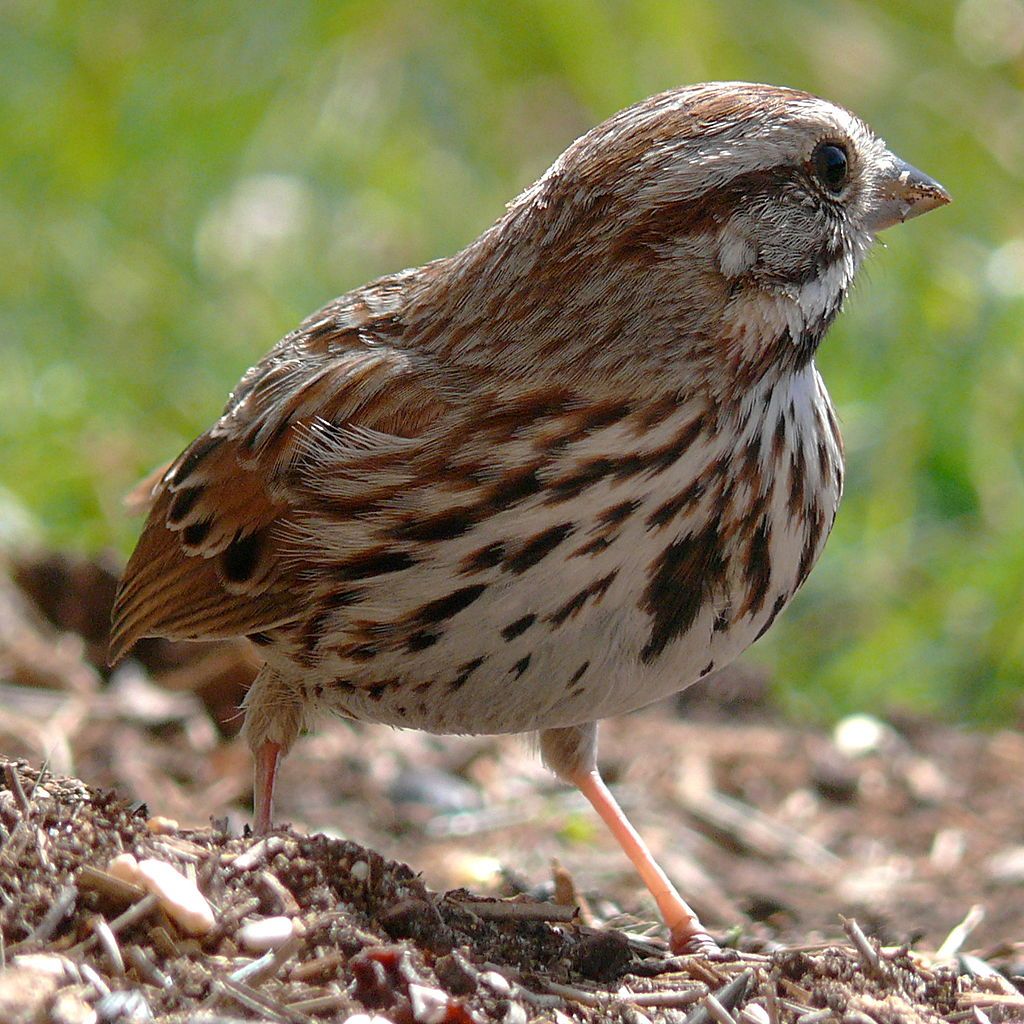8 July 2019
In late June, after five young peregrines fledged from Pittsburgh’s Third Avenue nest, their father Louie was found dead at age 17. He was exceptionally old for a wild peregrine but longevity was in his genes.
Louie hatched in 2002, the son of Dorothy and Erie during their first successful year at the Cathedral of Learning. Dorothy fledged 43 young at Pitt before she disappeared at age 16.5.
Dorothy was the daughter of Sibella and Bill who were both part of The Peregrine Fund‘s Midwest Peregrine Recovery Program. Sibella nested at the First Wisconsin Building in Milwaukee through her 15th year. With a long-lived mother and grandmother it’s no wonder Louie made it to 17.
Louie started breeding early. In 2003 he was a 1-year-old when he won Pittsburgh’s Downtown territory. It was a tumultuous spring with two females and two males vying for the Gulf Tower nest. In the end Louie fought and killed Boris at the nestbox and became Tasha’s mate.
From 2003-2009 Louie fledged 24 young with Tasha. In her last breeding year he was especially protective of her on Banding Day.
The next year, 2010, was Louie’s chance to shine. In late March Dori defeated Tasha and became a first-time parent. Louie showed her the ropes as described in the links below:
Louie was versatile. In their years together he and Dori moved their nest from year to year using three sites to fledge 39 young.
In 2012 they chose a cubbyhole on 3rd Avenue where they’ve nested 5 times. In 2015 they nested at Macy’s Annex. In 2014 and 2017 they returned to the Gulf Tower.
2018 ended sadly at Third Avenue when the Keystone Flats development was granted a Special Takings Permit and had their chicks removed. This year they were back at Third Avenue to raise and fledge five young. Louie was a good dad to the end.
All told Louie fathered 63 young peregrines. Like his mother Dorothy, Louie was the head of a dynasty.
(photos by Brian Cohen, Ann Hohn, Lori Maggio, Maria Ochoa, Matt Orres and the National Aviary falconcam at Gulf Tower)
